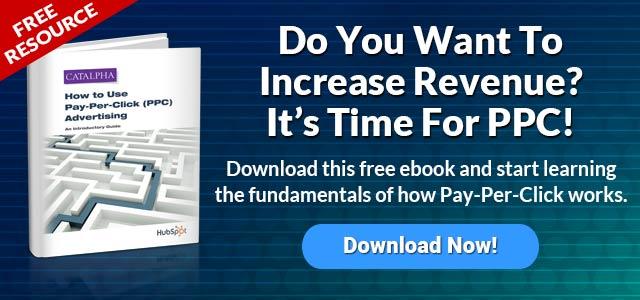 Let’s face it, managing your business marketing is not for the faint of heart. Setting realistic goals for on-line marketing is difficult with Google’s constant changes that affect page rankings.
Let’s face it, managing your business marketing is not for the faint of heart. Setting realistic goals for on-line marketing is difficult with Google’s constant changes that affect page rankings.
If you’re wondering how you will know if your investment in SEO, PPC and/or Social Media is paying off, you are not alone.
It doesn't work to "wing it." Consider adding a technology tool that provides a reporting dashboard showing the ranking of your keyword at the start of the campaign and the current ranking, providing concrete evidence of your campaign’s progress. You can expect to see an increase in traffic to your site as the rankings of your targeted keywords improve.
Sending traffic to a website with a paid search (PPC) campaign is easy. And it’s great to see that big surge in traffic. Remember though, you are paying for every visitor delivered by the PPC campaign so you want to be sure that you’re getting quality traffic, (i.e. visitors that are likely to take action when they land on your site).
Besides finding the best keywords and writing compelling ads, there have to be goals to measure the campaign and compare you different ads.
What do you want the campaign to do for you?
Without a goal you cannot measure cost per click. You could just use Google analytics to measure your campaign. It tracks traffic, most visited pages, pages visitors stay on longest and can be linked to your Google PPC campaign to provide. It even offers keyword suggestions. But there is so much more you can learn about your website if you capture information about those visitors that Google cannot provide.
Testing ads and landing page effectiveness is critical to getting the most of your PPC budget. The dashboard we use lets us see which are working better than others over time. It is easier to do A/B testing and revise strategy, keywords and copy content of ads and landing ages to get the best results. If you have a large budget allocated to web marketing (PPC and social marketing) and you feel you have hit the ceiling you need to consider using a program like Hubspot or Optimize to manage your inbound marketing.
Your website is your biggest sales tool and every marketing activity (blogging, Facebook, Twitter, direct mail, etc) should be designed to enhance your web authority and traffic.
Social marketing is reaching out to an audience like TV and radio ads do, broadcasting a message and hoping someone is listening. Hootsuite is the “go-to” tool to regularly publish to Twitter. And it can publish to Facebook as well as let you monitor multiple social streams. Done well, these efforts will push your Google page rank up and increase organic search results.
Google analytics provides valuable insight. But it is only one of the tools that are used by successful businesses to take full advantage of the web visitors the PPC campaign and organic searches deliver. There are subscription programs that provide a robust set of tools that help you nurture prospects through your buying process. If the visitor to your website just leaves like an old-fashion window shopper, do you know that they found what they needed or you they were a qualified prospect?
If you have a long sales process, a complex sale, an inbound marketing campaign would make a significant impact on nurturing sales leads. Inbound marketing completes the loop with your website visitor and allows you to customize the communication to their interest when they provide you permission to contact them. If a visitor arrived by a PPC ad would it be a more cost effective click cost if they provided contact information and interest?
Read more about pay-per-click advertising:
The KEY to PPC is Negative KEYwords!
Learn more about inbound marketing in this articles:
75 Stats That Will Convince You To Start An Inbound Marketing Program Now!
Uncovering Inbound Marketing Benchmarks

